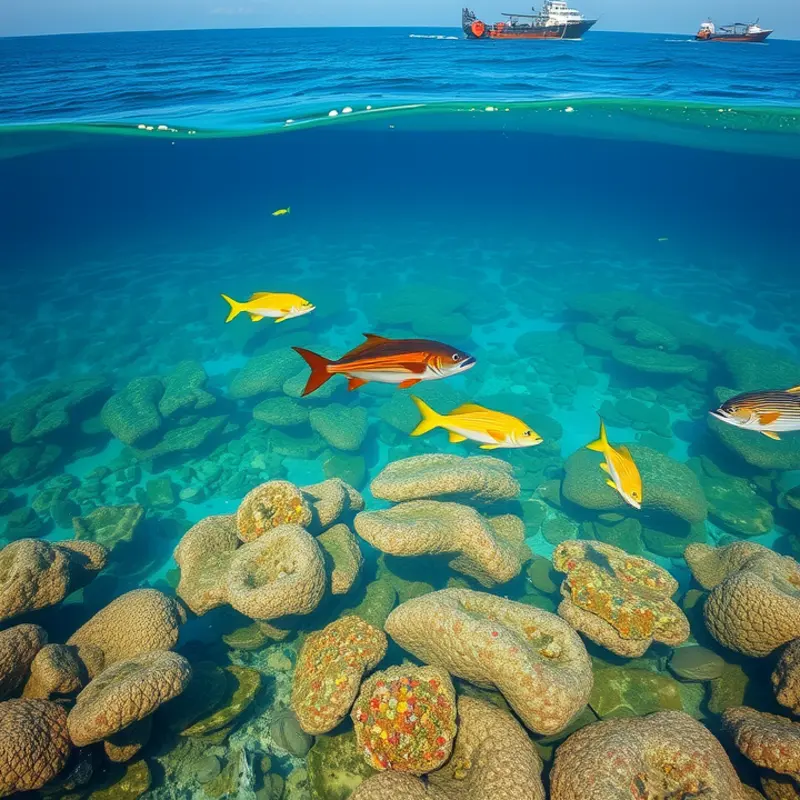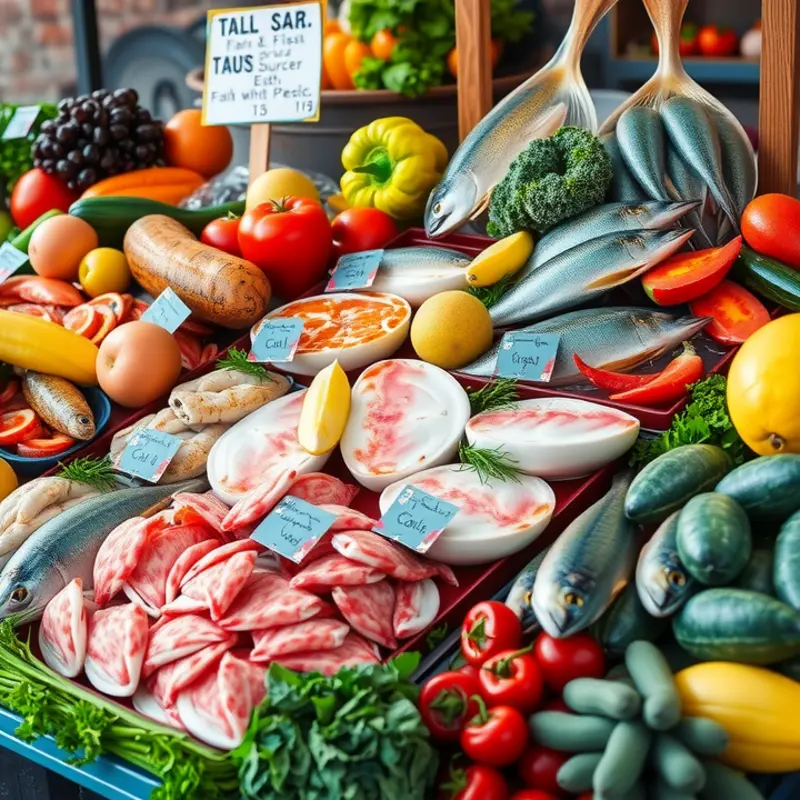Making informed choices about seafood is crucial for environmentally-conscious consumers. Ethical seafood labels provide clarity on sustainability, ensuring that our choices support marine health. Understanding these labels not only empowers individuals but also contributes to the broader efforts in combating overfishing, protecting ecosystems, and promoting responsible fishing practices.
Understanding Marine Sustainability Labels

As awareness of environmental sustainability grows, marine sustainability labels have become important guides for conscientious consumers. These labels, like those from the Marine Stewardship Council (MSC) and Aquaculture Stewardship Council (ASC), provide assurances that seafood products meet rigorous environmental standards, ensuring they are sourced responsibly and sustainably.
The Marine Stewardship Council (MSC) focuses on wild-caught fish. To earn its blue label, fisheries must demonstrate sustainable fish stocks, minimal environmental impact, and effective management. This process involves third-party assessments and ongoing commitments to improvement, reducing overfishing and supporting marine biodiversity. With only a fraction of global fisheries certified, choosing MSC-labeled products supports healthier oceans.
On the other hand, the Aquaculture Stewardship Council (ASC) certifies farmed seafood, considering environmental and social impacts. The ASC label assures consumers that the fish is produced with minimal environmental impact, maintaining the water quality and minimizing disease risks. This certification supports responsible aquaculture by reducing pollution and promoting healthy habitats for aquatic species.
The importance of these labels lies in their role in preserving fish populations and aquatic ecosystems. Certified operations must continually meet benchmark standards, encouraging practices that foster the resilience and vitality of marine environments. With overfishing posing a significant threat to global fish stocks — more than a third of which are overexploited — such certifications are vital. Eco-labels like MSC and ASC push producers towards transparency and accountability, which is crucial for reversing depletion trends.
Responsible seafood consumption goes beyond ethical considerations. It has an impact on the direct health benefits deriving from marine ecosystems. Sustainable choices today ensure future generations can also enjoy and benefit from nutritious seafood. For consumers wanting to delve deeper into environmentally conscious eating, exploring tips on eco-smart kitchen storage offers additional insights.
In a world where it is often difficult to discern the truth behind marketing claims, these certifications provide a beacon of credibility. As consumers educate themselves about these labels, they empower their choices, supporting a market that values sustainable and environmentally friendly practices. Understanding these certifications means recognizing our role in protecting the oceans and their inhabitants, leading to smarter, more sustainable seafood consumption.
Making Eco-Friendly Seafood Choices

Selecting seafood that aligns with eco-friendly values can be a daunting task, especially when confronted with the myriad of labels and claims at the supermarket. Understanding these labels is crucial to making informed decisions. Start by familiarizing yourself with certifications such as the Marine Stewardship Council (MSC) and Aquaculture Stewardship Council (ASC). These labels assure that the seafood has been harvested or farmed sustainably.
When shopping, pay close attention to store signage and packaging. Look for terms like “sustainably caught,” “line-caught,” or “responsibly farmed,” which often indicate better practices. However, be wary of vague claims without certification as they might be more marketing than reality.
The seafood counter is another area to scrutinize for eco-friendly options. Engage with the staff; ask about the source of their seafood, and whether it is wild-caught or farmed. Wild-caught options are generally considered more sustainable if they come from well-managed fisheries that adhere to sustainable quotas.
Prioritizing local and seasonal seafood can significantly reduce your carbon footprint. Local options require less transportation, thereby lowering emissions. To identify what’s in season, research your region’s seafood calendar. This not only supports local economies but also aligns with the natural life cycles of marine species.
Engaging with sustainability extends beyond labels and packaging. Learning simple strategies to minimize waste and preserve seafood can also contribute to ecological well-being. Discover techniques for reducing waste in your kitchen by exploring eco-smart kitchen storage, which can amplify your positive impact.
Ultimately, making eco-friendly seafood choices is about embracing the role of informed consumerism. Each purchase supports a broader initiative towards healthier oceans and more sustainable practices. By choosing certified, local, and seasonal options, you play a part in nurturing both the marine environment and the communities dedicated to preserving it.
Final words
By familiarizing yourself with ethical seafood labels, you actively contribute to marine conservation and sustainable fishing practices. Supporting brands that prioritize sustainability not only impacts current ecosystems but also ensures future generations can enjoy the ocean’s bounty. Thoughtful, informed choices can lead to healthier oceans and fish populations, creating a ripple effect towards a more sustainable food system. Your commitment to eco-friendly choices plays a crucial role in shifting industry standards and promoting responsible resource management.








